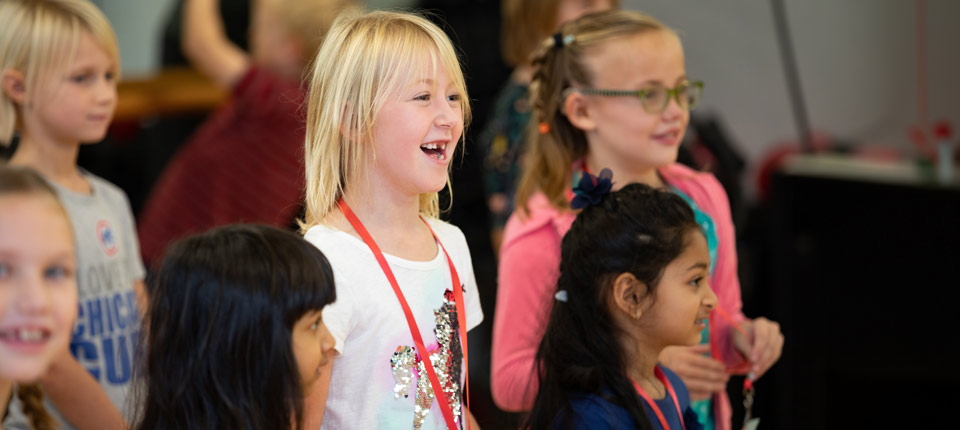Important Safety Information
15mm Masters HP Mechanical Heart Valve
Rx Only
Important Safety Information
Masters Series Mechanical Heart Valve
Indications for Use
The SJM™ Masters Series Mechanical Heart Valve is intended for use as a replacement valve in patients with a diseased, damaged, or malfunctioning aortic or mitral heart valve. This device may also be used to replace a previously implanted mitral or aortic prosthetic valve.
Contraindications
The SJM™ Masters Series Mechanical Heart Valve is contraindicated for individuals unable to tolerate anticoagulation therapy.
Potential Adverse Events
Complications associated with replacement mechanical heart valves include, but are not limited to, hemolysis, infections, thrombus, or thromboembolism, valve dehiscence, unacceptable hemodynamic performance, hemorrhagic complications secondary to anticoagulation therapy, prosthetic failure, failure or death. Any of these complications may require reoperation or explantation of the device.
AMPLATZER PICCOLO OCCLUDER
Rx Only
AMPLATZER PICCOLO™ OCCLUDER
INDICATIONS AND USAGE
The Amplatzer Piccolo™ Occluder is a percutaneous, transcatheter occlusion device intended for the nonsurgical closure of a patent ductus arteriosus (PDA).
CONTRAINDICATIONS
Weight < 700 grams at time of the procedure; Age < 3 days at time of procedure; Coarctation of the aorta; Left pulmonary artery stenosis; Cardiac output that is dependent on right to left shunt through the PDA due to pulmonary hypertension; Intracardiac thrombus that may interfere with the implant procedure; Active infection requiring treatment at the time of implant; Patients with a PDA length smaller than 3 mm; Patients with a PDA diameter that is greater than 4 mm at the narrowest portion.
POTENTIAL ADVERSE EVENTS
Potential adverse events that may occur during or after a procedure using this device may include, but are not limited to: Air embolus, Allergic reaction, Anemia, Anesthesia reactions, Apnea, Arrhythmia, Bleeding, Cardiac perforation, Cardiac tamponade, Chest pain, Device embolization, Device erosion, Death, Endocarditis, Fever, Headache/migraine, Hemolysis, Hematoma, Hypertension, Hypotension, Infection, Myocardial infarction, Palpitations, Partial obstruction of aorta, Partial obstruction of pulmonary artery, Pericardial effusion, Pericarditis, Peripheral embolism, Pleural effusion, Pulmonary embolism, Re-intervention for device removal, Respiratory distress, Stroke, Thrombus, Transient ischemic attack, Valvular regurgitation, Vascular access site injury, Vascular occlusion, Vessel perforation.
HEARTMATE 3 LEFT VENTRICULAR ASSIST DEVICE (LVAD)
Indications, Safety & Warnings
Rx Only
Brief Summary: Prior to using these devices, please review the Instructions For Use for a complete listing of indications, contraindications, warnings, precautions, potential adverse events and directions for use.
HeartMate 3™ Left Ventricular Assist System
Indications: The HeartMate 3 Left Ventricular Assist System is indicated for providing short- and long-term mechanical circulatory support (e.g., as bridge to transplant or myocardial recovery, or destination therapy) in adult and pediatric patients with advanced refractory left ventricular heart failure and with an appropriate body surface area.
Contraindications: The HeartMate 3 Left Ventricular Assist System is contraindicated for patients who cannot tolerate, or who are allergic to, anticoagulation therapy.
Adverse Events: Adverse events that may be associated with the use of the HeartMate 3™ Left Ventricular Assist System are: death, bleeding, cardiac arrhythmia, localized infection, right heart failure, respiratory failure, device malfunctions, driveline infection, renal dysfunction, sepsis, stroke, other neurological event (not stroke-related), hepatic dysfunction, psychiatric episode, venous thromboembolism, hypertension, arterial non-central nervous system (CNS) thromboembolism, pericardial fluid collection, pump pocket or pseudo pocket infection, myocardial infarction, wound dehiscence, hemolysis (not associated with suspected device thrombosis) or pump thrombosis.
HeartMate 3 Coring Tool
Indications: For the HeartMate 3 Left Ventricular Assist System (LVAS) Indications for Use, please refer to the HeartMate 3 LVAS Instructions for Use. The HeartMate 3™ Coring Tool is intended for use with the HeartMate 3 LVAS. The HeartMate 3 Coring Tool provides a means to resect a plug of myocardium from the left ventricle, which allows for HeartMate 3 inflow cannula insertion.
Contraindications: The use of the HeartMate 3 Coring Tool is contraindicated in patients who are contraindicated for HeartMate 3 Left Ventricular Assist System (LVAS) therapy.
Adverse Events: The following adverse events may be associated with the use of the HeartMate 3 Coring Tool. Adverse events are listed in anticipated decreasing order of frequency, except for death, which appears first as it is a non-reversible complication: death, bleeding (perioperative or late), local infection, local ischemia, cardiac arrhythmia, stroke, peripheral thromboembolic event, neurologic dysfunction, hemolysis, sepsis.
Related articles
-
Smallest Mechanical Heart Valve Saved her Life
Baby Sadie received the world's smallest mechanical heart valve, and her life instantly changed. Today, she's a spunky 10-year-old.



